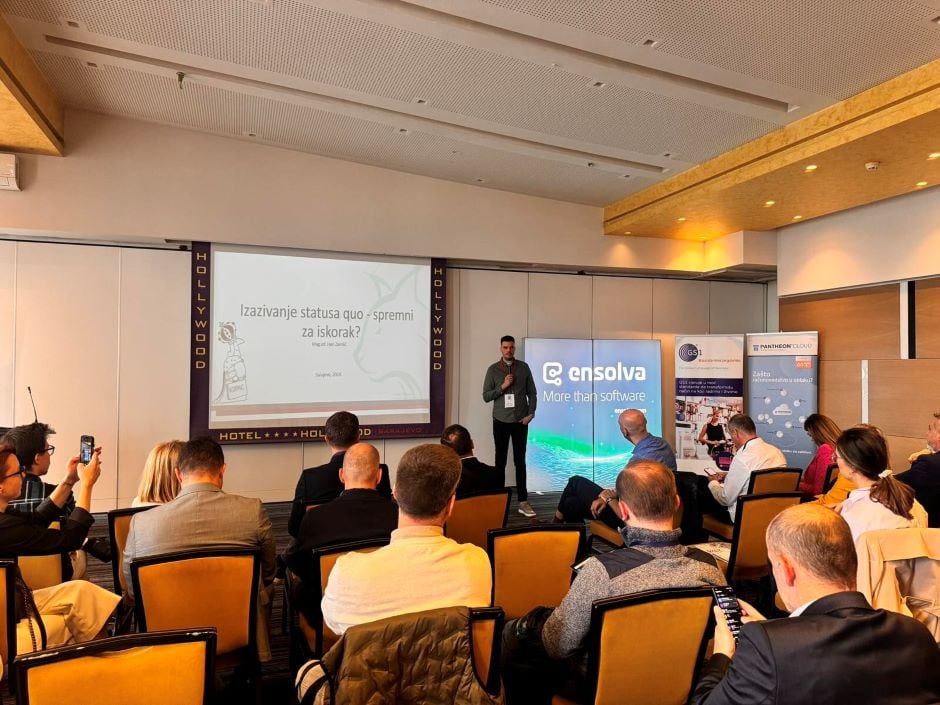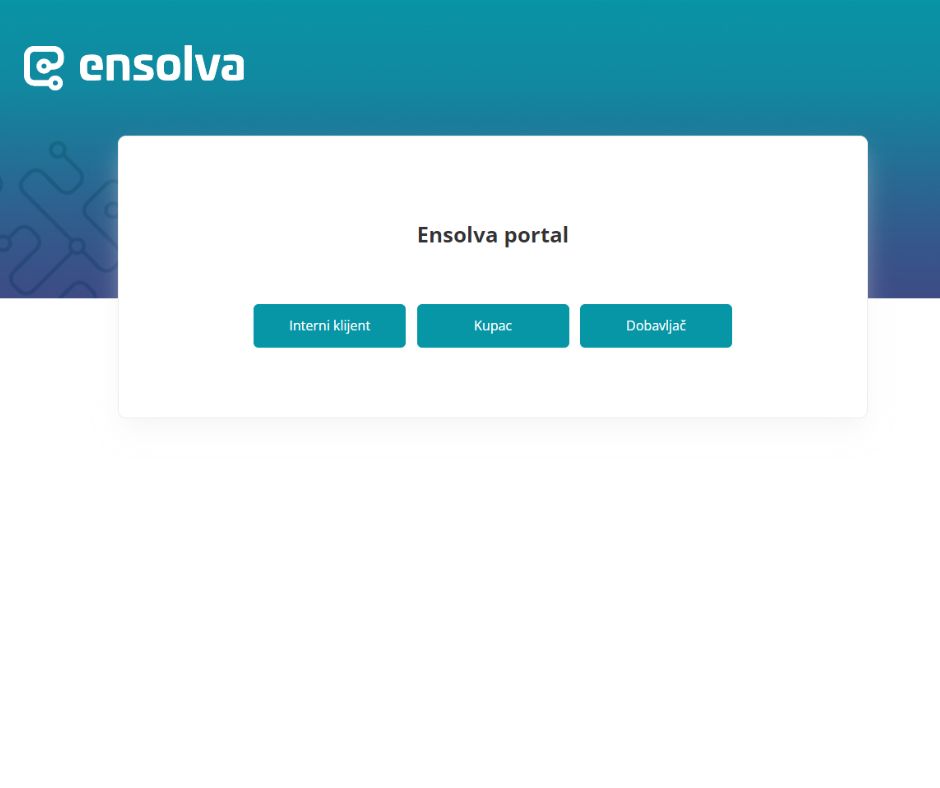PROCUREMENT REQUISITIONS vol.2: Traditional vs. digitized procurement requisitions
From the discovery of a business need for a good, service, or work which is the reason for making a purchase requisition, to the delivery of goods or the provision of work or service, there are a number of tasks that must be performed before the procurement team can resolve the requisition.
Request the foundation of the procurement process!
Business organizations strive to organize this process as best they can. They put in a lot of effort, and advanced business applications have enabled them to bring the demand for items, services, and works to perfection.
Bright examples of the advanced process of requesting goods, services, or work we can find in digitized procurement departments that use advanced specialized modules for procurement requisition. In this way, they replaced the traditional paper versions of the requisitions and manual work. The procurement department eliminated confusions and misunderstandings, automated the flow of documentation, approvals, and communication. It has facilitated work and raised the quality of procurement and negotiation. In addition, the procurement was supported by finance that operates on the principle of No requisition – no pay, regardless of the existence of the purchase order. The heart of such business is the principle of transparency.
Traditional vs. digitized procurement requisition process
Consider the example of the difference between procurement requisitions in traditional and modern companies!
TRADITIONAL REQUISITIONS
Many business organizations have not yet found a way to improve the procurement requisition process. There are attempts to deal with ERP, but it is still the foundation of paperwork that complements it with e-mail and phone.
We will give an example that is ranked in the middle by the level of progress. Unfortunately, there are still many cases where procurement is contacted by phone or the need to procure goods, services, or works is submitted on plain paper without defined fields.
Recognizing the need for goods, services or works
Ivana from the marketing department needs equipment to exhibit at a major international procurement summit.
Notification of the need to procure goods, services, or works
Ivana reported her need for a superior in the department via e-mail. She attached the documentation (she filled in the application form if it exists) and the explanation. She printed out the requisition and personally took it for signing. If she was in a hurry, then she informed her superior verbally, without a written clue.
Approval at the first level
The requisition is waiting its turn in the e-mail inbox or on a stack of papers. Ivana is waiting for her superior to return the phone call. If the superior person has objections, he/she usually submits them to Ivana verbally by phone call or during the office meeting.
Second level approval
Ivana’s superior approved the requisition, but due to the value of the requisition, it is necessary to seek approval at a higher level, so the requisition is forwarded in the same way as on the first approval.
Forwarding requisition to the procurement department
After the requisition is finally approved, Ivana submits it to the procurement. Most often a scanned document is sent by e-mail or in person, and sometimes by telephone that notifies the procurement of the charge.
The requisition is in the procurement department
Procurement takes over the requisition, many things are unclear to procurement professionals, so they contact Ivana with additional questions. Missing specification.
Where is the requisition?
Ivana is in a hurry. The procurement summit is coming soon. She doesn’t know at what stage the requisition is. She calls the procurement department and inquires.
Delivery
In case of a happy end, the procurement successfully delivered the required product. But it often happens that procurement professionals lack information themselves but decide what would be best, and that procurement best does not correspond to the ultimate goal of marketing. The finances received a payment invoice, manually entering it into the ERP system.
Conclusion
Relying on manual methods and inefficient procurement technologies, such as paper forms and Excel spreadsheets, slows down the entire procurement process.
Different resources are used for managing requisitions:
Paper forms.
Requisition forms in e-mails.
Excel spreadsheets.
Word.
Calculators.
Bookkeeping books.
ERP system.
For smaller companies, these methods might work. However, for almost every other company, manual methods can have a detrimental effect on cost management.
Outdated methods of manual procurement require too long, approval decisions are waited for hours, or days or even weeks. Data is overwritten manually in multiple places which takes a long time and increases the possibility of errors. Requisitions are incomplete, and this can have a significant impact on cost management. Even small errors in paper documents can result in underestimation or overestimation, making it difficult for companies to control finances.
In such organizations, the application of procurement analytics is an impossible mission, so there are no accurate financial forecasts that could affect the entire company.
DIGITALIZED REQUISITIONS
Through one system, the procurement process takes place from the requisition to the contract, and all participants in the process are involved in it. Requisitions are submitted and approved in one click.
This is how a typical way of demanding in an advanced organization looks like. Applicants submit requisitions using a simple user interface. They do not use papers, there is no unnecessary waiting, phone calls, and ignorance.
Recognizing the need for goods, services or works
Ivana from the marketing department needs equipment to exhibit at a major international procurement summit.
Notification of the need to procure goods, services, or works
Ivana logged in with her username and password on the web portal where she has an archive of her requisitions. She creates a new requisition, selects items from the database in a form with predefined fields, attaches a specification, defines the estimated value, lists the preferred suppliers, adds additional information. Click the Submit for Approval button.
Approval at the first level
The system automatically submitted the requisition to the marketing manager and notified him by e-mail. The manager can approve or return it for processing with the simple entry of the notification.
Second level approval
Once the marketing manager has approved the requisition, it is automatically forwarded to the board member who also has the option of approving or returning for revision.
Forwarding requisition to the procurement department
Once the requisition is approved, the system automatically delivers it to the procurement department.
The requisition is in the procurement department
Procurement takes over the requisition. The data from the requisition is automatically transferred to the procurement project: tender, market research questionnaire or e-auction.
Where is the requisition?
After sending the requisition for approval, Ivana has an insight into the status of the requisition. She knows the person in charge of the requisition at any time via the web portal.
Delivery
Based on the specification and instructions from the requisition procurement professionals submitted the requisition goods, services, or work. The procurement system is connected to the ERP system, so with one click finance department has access to all the necessary data, without overwriting.
Conclusion
Throughout the process, a single system was used that connected all participants and ensured that the process took place in accordance with the regulations. All data is in one place and circulates without overwriting.
For requisition managing participants use:
Devices: desktops, smartphones, or tablets.
Procurement Management System.
In large business organizations that have a large volume of procurement, it is difficult to monitor and coordinate all requisitions. A single cost management system brings relief to all participants. These programs facilitate a variety of procurement scenarios and promote smooth procurement procedures across a wide range of business sectors.
Applicants can submit a requisition from any remote location and can monitor its implementation in real time.
Procurement defines the application form in accordance with the necessary information and regulations.
With advanced procurement analysis, managers reduce costs, eliminate excessive spending, and improve compliance.
It increases efficiency and reduces operating costs in conducting procurement.



